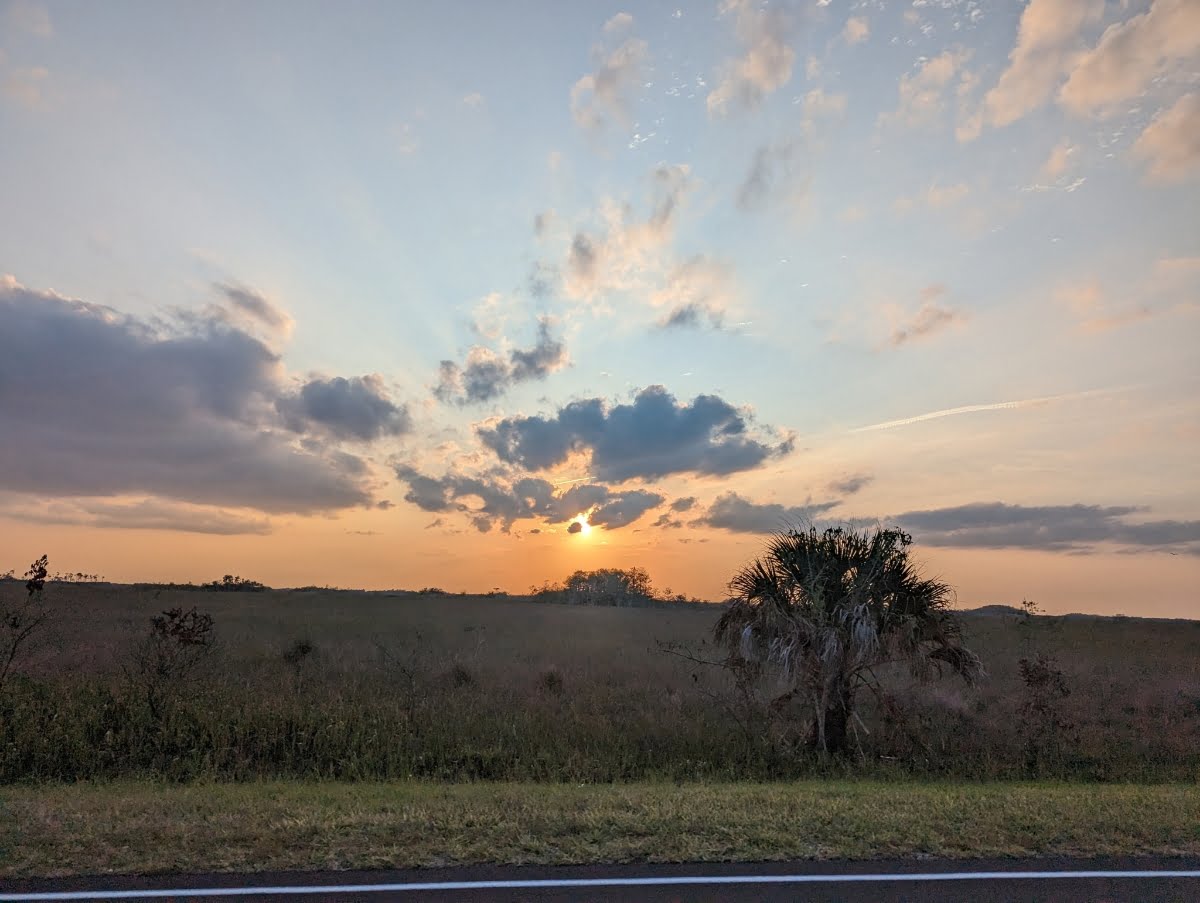Palm trees, with their iconic silhouettes, are often associated with Florida’s sunny landscapes. However, beyond their aesthetic appeal, Florida’s native palms play a crucial role in the state’s ecological balance, especially as larval hosts for several butterfly and moth species.
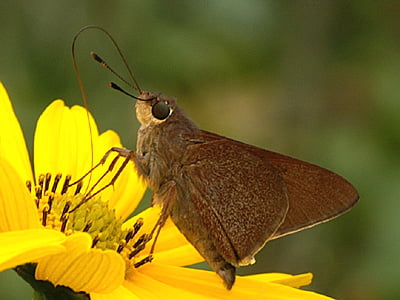
Here, Johnny delves into the significance of these native palms and their contribution to Florida’s vibrant lepidopteran life.
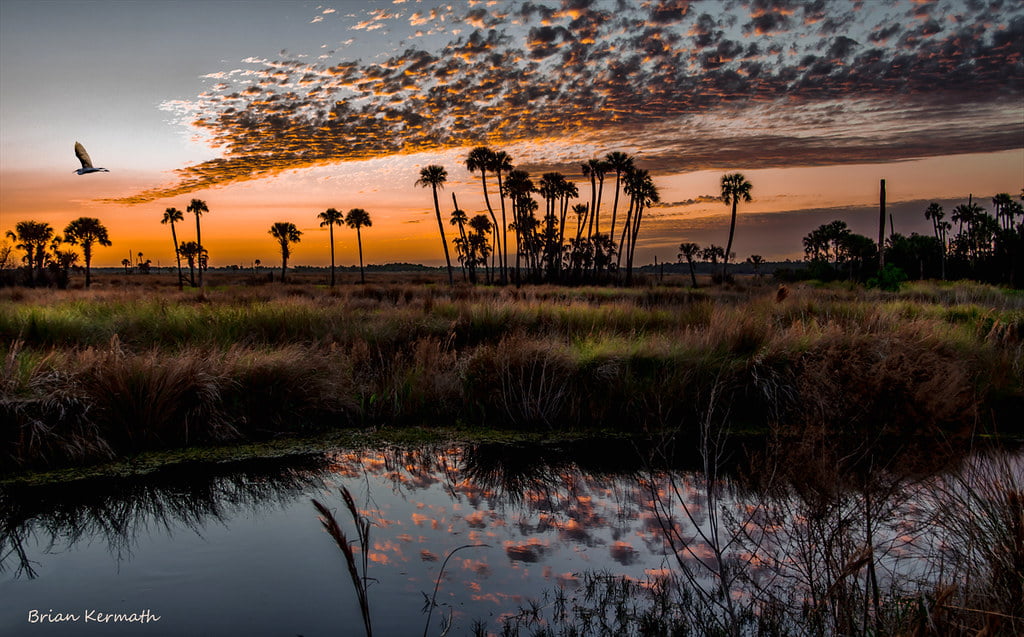
Florida’s Native Palms: An Overview
Florida boasts only a handful of native palms, each with its unique characteristics. Some of the prominent native palms include:
Saw Palmetto (Serenoa repens)
Recognizable by its fan-shaped leaves and sprawling growth habit, this palm is commonly found in Florida’s pinelands, hammocks, and coastal dunes. Long-lived, and slow growing, wild Saw Palmetto grow at a rate of only 0.5cm per year.
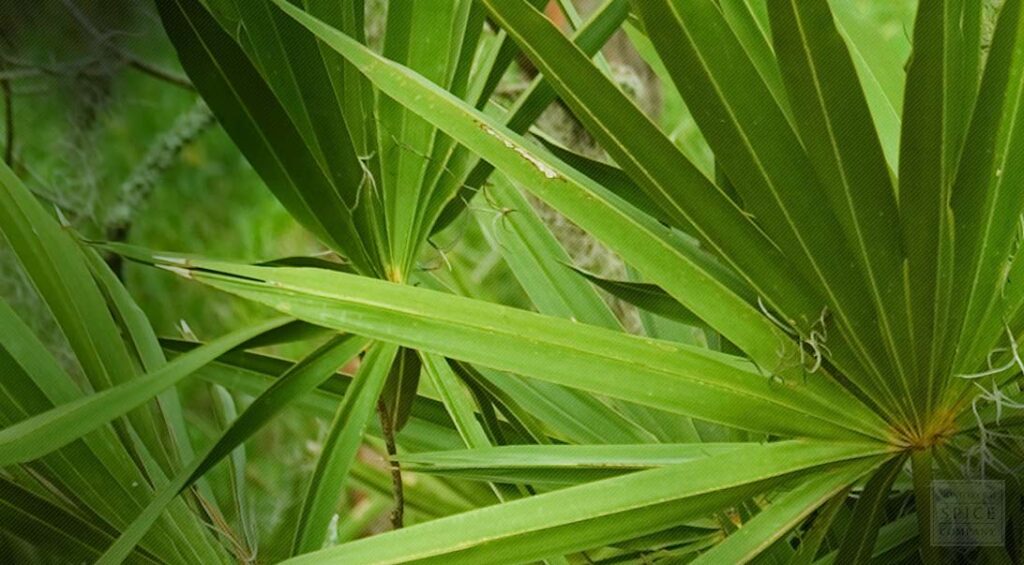
Cabbage Palm (Sabal palmetto)
Also known as the Sabal Palm, it’s Florida’s state tree and is known for its tall trunk and crown of fan-shaped leaves.
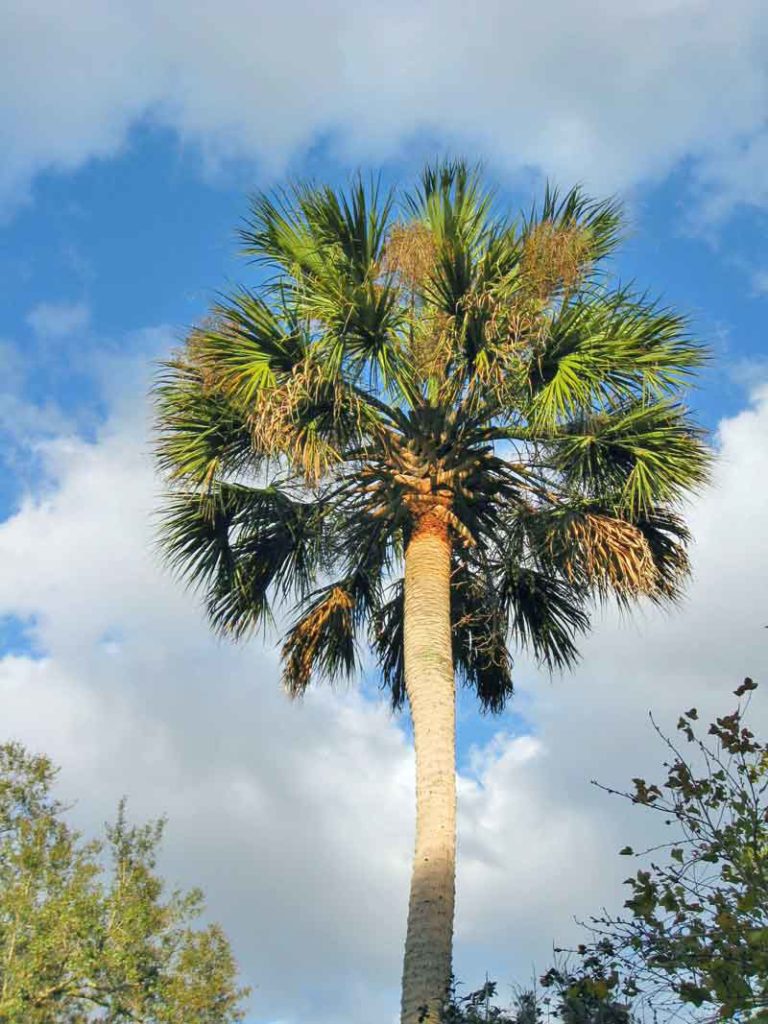

50 Florida-Native Cabbage Palm Seeds (Sabal palmetto) – State Tree of Florida
Whether you’re looking to add a tropical touch to your garden or support local ecosystems, Cabbage Palm Seeds are your ticket to a thriving, resilient palm that sways gracefully with tales of its native land. 10 seeds.
Origin: Polk County, FL, USDA 8-11.
